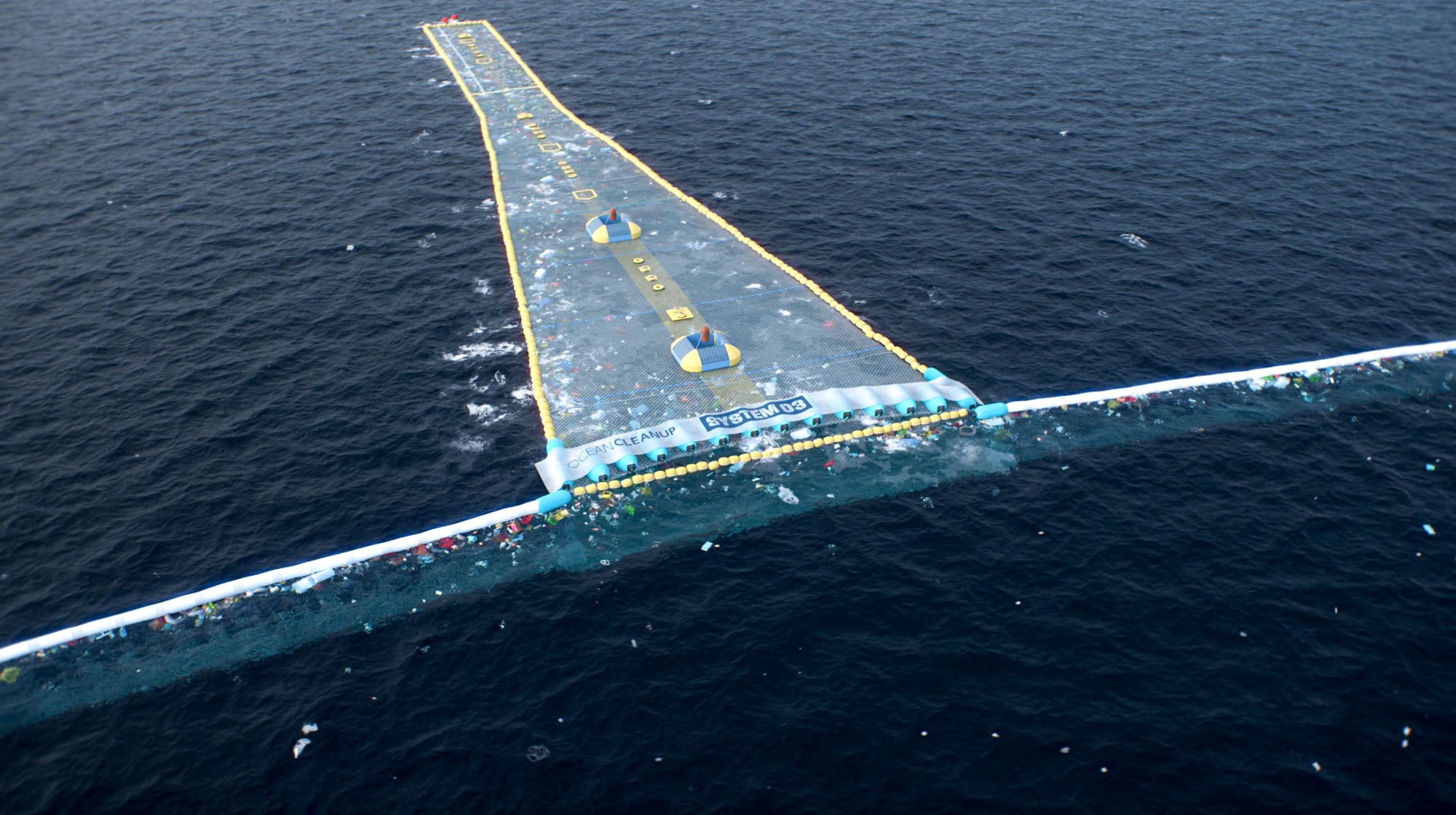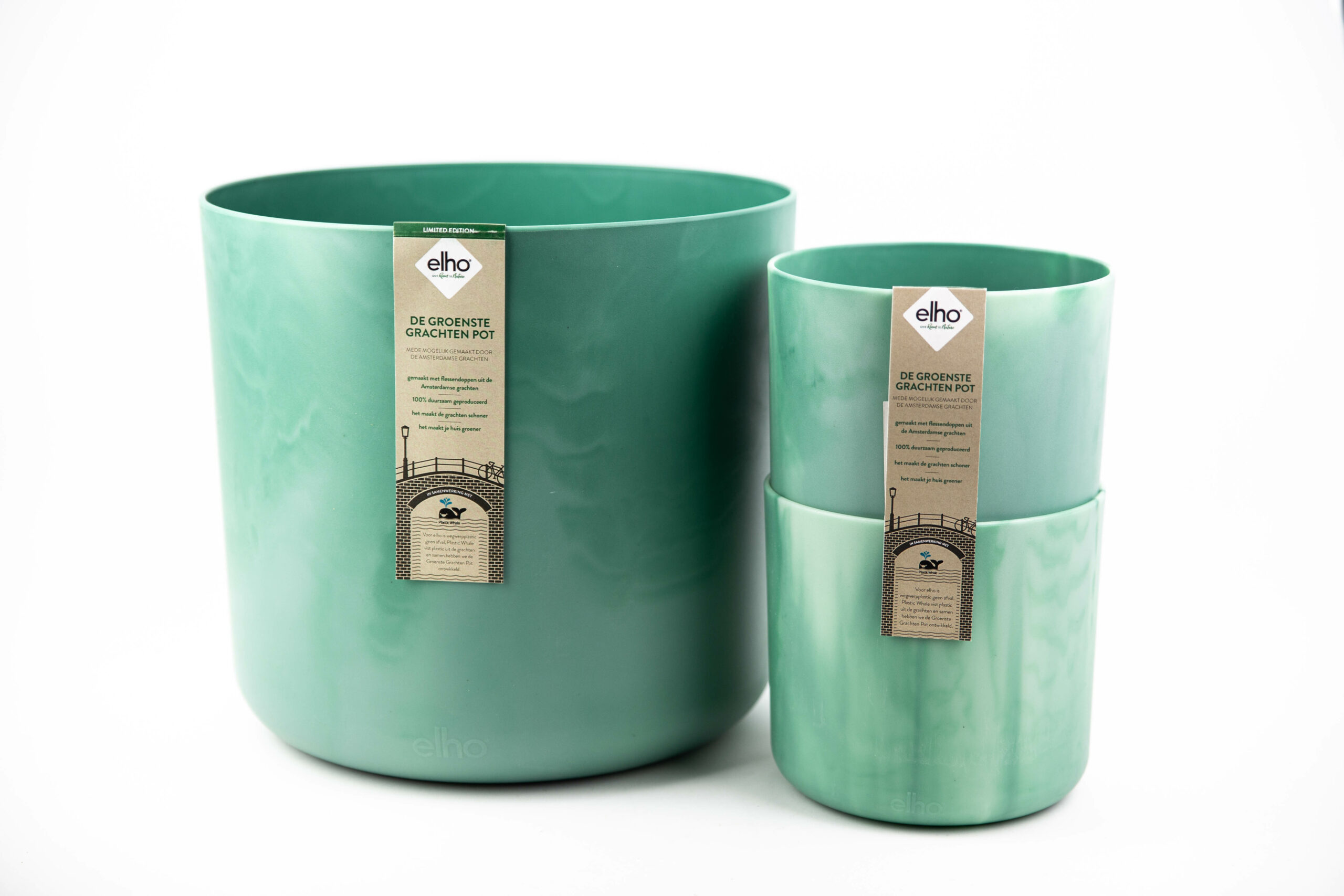When can you call something Recycled Plastic? From Ocean Plastic to Production Waste
Have you ever wondered about the journey of a bottle made from recycled plastic when you are buying one? In recent decades, plastic production has skyrocketed, reaching an astonishing 390.7 million metric tonnes of plastic per year. This has led to an urgent need to address the ever-growing plastic waste problem. Recycling plastics and incorporating recycled materials into new products are crucial steps in tackling this challenge. However, how can we be sure that the “recycled” products we buy are truly what they claim to be? In this blog post, we will unravel the mysteries of recycled plastics, discuss what truly constitutes recycled plastic, and examine the factors that play a critical role when it comes to recycled plastic.
Understanding Recycled Plastic
“Plastic recycling is the recovery operation by which plastic waste materials are reprocessed into products, materials or substances whether for the original or other purposes.“
To understand the concept of recycled plastics it is first of importance to understand how the plastic recycling process works. The process involves three main steps: collecting, sorting, and processing waste plastic into new products. There are different methods for recycling, for instance mechanical recycling, the most common method, involves shredding, melting, and reforming plastic. Meanwhile, chemical recycling is gaining traction for breaking down plastics into their original monomers, enabling recycling of difficult-to-process materials.
Source of recycled plastics
So when producing recycled plastics, the use of plastic waste is indispensable. But where does the plastic waste come from? Plastic waste generally falls into three main categories: in-process waste streams, post-industrial waste streams, and post-consumer waste streams.
1. In-process waste streams
These are wastes generated during the production or manufacturing process of a product, such as off-cuts and by-products.
2. Post-industrial waste streams
This stream refers to waste generated after the completion of the manufacturing process but before the product reaches the consumer, such as packaging materials and unused raw materials. An example is Q Plastics, offering sustainable solutions through post production plastic recycling by turning surplus stocks, scraps and residual materials usable again in the production process.
3. Post-consumer waste streams
This type of waste is generated after a product has been used by the consumer and discarded, including packaging, food waste, and discarded products like electronics, clothing, or household items, as well as waste originating from the environment, such as oceans. The management of post-consumer waste often involves recycling, composting, and waste-to-energy conversion methods, as well as efforts to reduce waste generation through initiatives like extended producer responsibility, and promoting the circular economy, such as closed-loop recycling, where some recycled plastics are used in applications identical to those from which they were recovered. Umincorp, a Netherlands-based company, offers an example of post consumer recycling. They developed a unique and innovative technology called Magnetic Density Separation (MDS) for post consumer plastic recycling. This process recovers 90% of the plastic and is 75% more cost-effective than current recycling methods.
4. Ocean waste streams
Ocean plastic waste streams refer to all forms of plastic debris found in or near marine environments, from large items like discarded fishing gear to tiny microplastics. Organisations such as The Ocean Cleanup work hard to collect these plastics, though recycling them is challenging due to their unknown origins and degraded quality. Companies like Plastix, however, have found success in repurposing waste fish nets and ropes from the maritime industry. These wastes often have better quality, and their characteristics are more identifiable due to known origins. Ocean-bound plastics (OBP) on the other hand, are plastics on the brink of entering the ocean due to proximity to waterways and inadequate waste management. Preventing these plastics from reaching the ocean is a crucial intervention, yet it’s tough to verify if plastics are genuinely OBP or if the term is used misleadingly, which creates a grey area. For instance, claims like Plastic Bank‘s prevention of 86 million kg of plastic reaching the ocean raise questions about the accuracy of OBP identification.

Example of post consumer plastic waste bales

Plastic waste streams made from ocean plastics collected by the Ocean Cleanup.
Legislation

Source: European Commission.
Consumers play a vital role in shaping the market for recycled plastic products. However, consumer demand is not the only driver, both corporate responsibility and legislation also impact the adoption of recycled plastic products. Legislation and regulations, such as the European Union’s Waste Framework Directive, govern plastic recycling to ensure proper handling and processing. These policies require for example a certain percentage of recycled materials, including post-consumer materials, in specific products, which helps to support the continued growth of the recycled plastics market. Additionally, the Circular Plastic Alliance (CPA) states that a recycling operation represents the process whereby waste are actually reprocessed into products, materials or substances, where waste ceases to be waste. In other words, according to CPA post industrial waste streams are not allowed to be used for the production of recycled materials.
Case Studies on Recycled Plastics
Plastic recycling has come a long way. However, an important question that remains, it is for instance quite often wondered: How much recycled plastics are actually recycled? A few critical viewpoints:
ELHO
ELHO, Europe’s biggest producer of planters, is committed to creating eco-friendly products by utilizing recycled materials and sustainable practices in their production process. They incorporated a production technique innovation creating unique marbled planters made from plastic waste fished from the Amsterdam canals.
Plastix
Plastix, a Danish clean-tech recycling company, specialises in recycling waste plastics into high quality plastics. They enable the production of sustainable products such as for instance furniture and storage containers.
L’Oreal
L’Oreal, the world’s largest cosmetics company, aims to demonstrate the potential for plastic recycling in the beauty industry with partnerships such as Loop Industries. However, while L’Oreal makes a great effort in incorporating recycled plastics into their products and packaging, they still have a long way to go and more needs to happen.

ELHO planters project made from plastic packaging waste by Better Future Factory.
Wrapping up
In short, to be called recycled plastic, material must be recovered from plastic waste and processed into a new product, whether for the original or other purposes. While not all plastics are currently recycled or recyclable, and the quality of the recycled product can vary, supporting the use of recycled plastic is crucial for a sustainable future.
At Better Future Factory, we recognize the significance of adequate legislation regarding the use of the term “recycled plastic.” Clear guidelines are essential not only to prevent greenwashing but also to ensure transparency. We firmly believe in utilising diverse waste streams, but it is crucial to communicate recycling rates transparently. To ensure accurate and meaningful information about the use of recycled plastics, it is important to distinguish between various waste streams. We should specifically refer to post-consumer plastic waste streams rather than including in-process or post-production waste when calculating recycling rates for consumer products. By advocating for clear legislation and transparent communication, we aim to foster genuine sustainability practices and combat misleading claims.
With efforts to improve recycling systems and embrace innovative solutions, we can ensure that plastic waste is effectively managed and repurposed, mitigating harmful impacts on the environment. So, let’s do our part by choosing products made from recycled materials and advocating for responsible plastic recycling practices.
